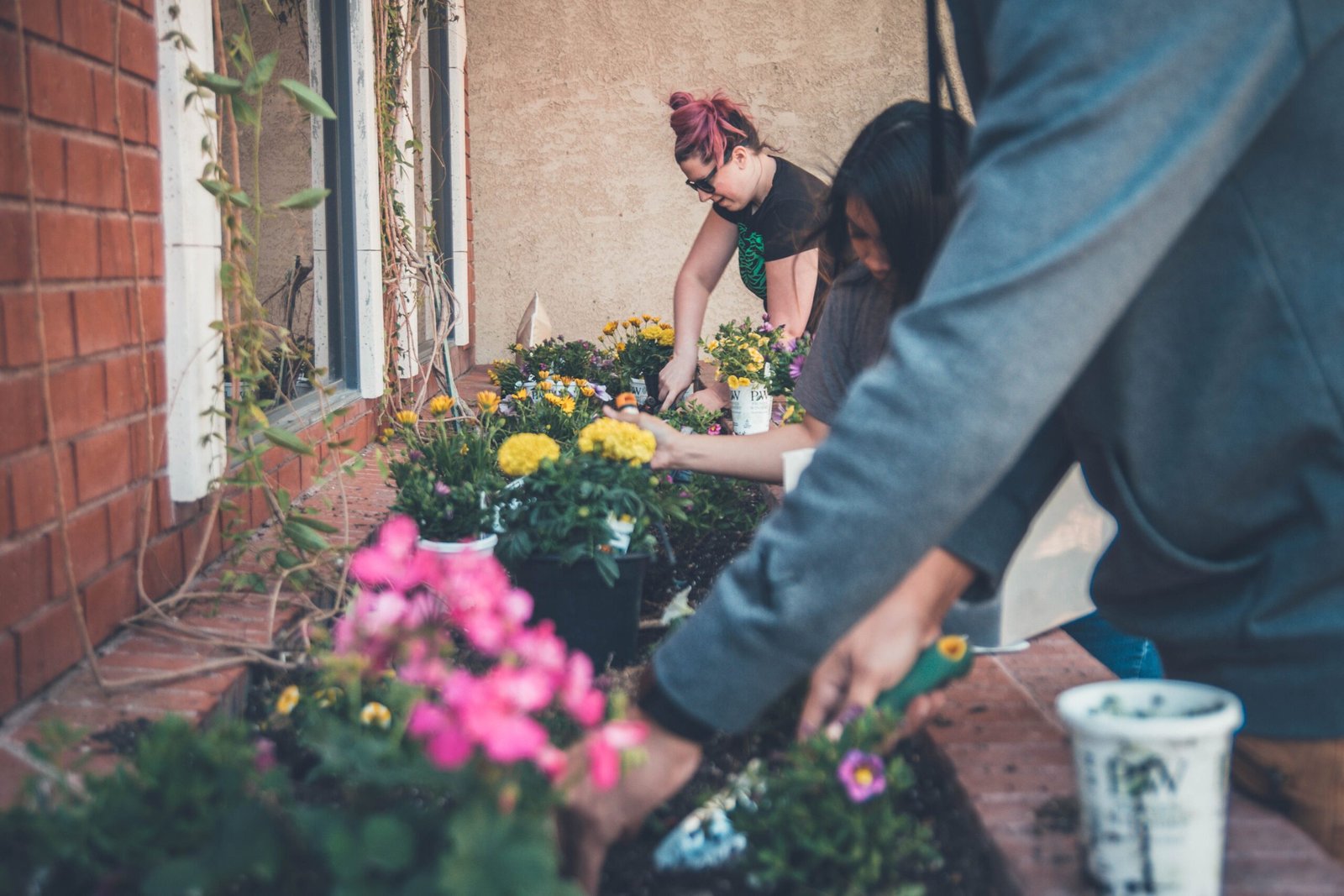
Introduction
Communities are the backbone of society, providing a sense of belonging, support, and shared purpose. Whether in small towns or bustling cities, strong communities have a profound impact on the lives of individuals and the overall well-being of society. In this article, we will explore the significance of building and nurturing strong communities, highlighting various aspects such as community development, engagement, sustainability, and impact.
Community-Building Strategies
Building a strong community requires intentional efforts and strategies that foster connection and collaboration. One effective approach is to create spaces for people to come together, such as community centers, parks, or online platforms. These spaces serve as meeting points where individuals can share ideas, organize events, and build relationships. Additionally, promoting open communication and active participation within the community encourages a sense of ownership and empowers individuals to contribute to its growth.
Stories of Successful Community Initiatives
Across the globe, there are numerous inspiring examples of successful community initiatives that have transformed neighborhoods and brought people together. One such example is the “Green Thumb” project in a small town where residents transformed vacant lots into community gardens. This initiative not only beautified the area but also provided fresh produce for residents and created a space for neighbors to connect and learn from one another.
Another remarkable story comes from a close-knit community that organized regular cleanup drives to maintain the cleanliness of their surroundings. Through collective effort and shared responsibility, they not only improved the aesthetic appeal of their town but also instilled a sense of pride and unity among its residents.
Challenges and Solutions
Building and nurturing strong communities is not without its challenges. Limited resources, lack of engagement, and differing perspectives can hinder progress. However, these obstacles can be overcome through innovative solutions and collaborative approaches. For instance, establishing partnerships with local businesses or seeking funding from government grants can provide the necessary resources to support community projects. Encouraging open dialogue and actively involving community members in decision-making processes can also address concerns and foster inclusivity.
The Importance of Inclusivity and Diversity
An essential aspect of community building is ensuring inclusivity and embracing diversity. Communities thrive when they are welcoming to people of all backgrounds, cultures, and abilities. By actively promoting inclusivity, communities can tap into the diverse talents and perspectives of their members, leading to innovative solutions and a stronger sense of unity. Creating spaces and events that celebrate different cultures, organizing workshops on cultural awareness, and actively seeking input from marginalized groups are some ways to foster inclusivity within a community.
The Enduring Value of Thriving Communities
In today’s fast-paced and digitally connected world, the value of thriving communities cannot be overstated. Strong communities provide a support system, reduce social isolation, and enhance the overall quality of life for their members. They also play a vital role in addressing local challenges, such as environmental sustainability, mental health, and economic development. By investing in community building and nurturing strong connections, we can create a more resilient and compassionate society.
Conclusion
Building and nurturing strong communities is a collective responsibility that benefits individuals and society as a whole. By implementing effective community-building strategies, sharing inspiring stories, addressing challenges, and promoting inclusivity, we can create spaces where individuals feel connected, supported, and empowered. In a world that often feels disconnected, the enduring value of thriving communities reminds us of the power of close-knit connections.